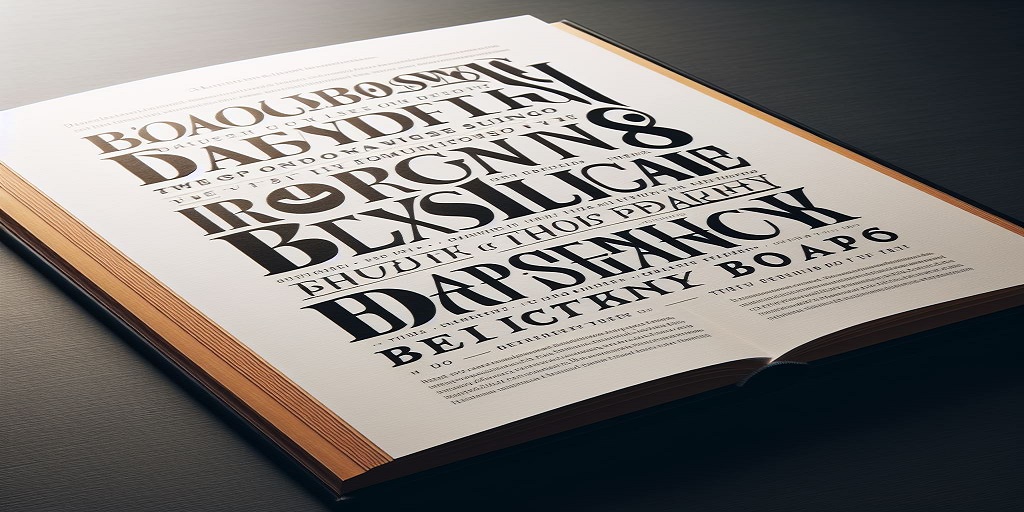Book Design Basics: Guidelines To Book Layout And Page Margins
Publish Your Book View 50% off Pricing
Book design is a multifaceted endeavor, encompassing elements like layout, typography, page margins, and cover design. In this comprehensive guide, we’ll delve into each aspect, offering practical tips and guidelines for crafting visually appealing and reader-friendly books. Whether you’re an author venturing into self-publishing or a professional designer seeking to hone your skills, this resource equips you with the knowledge and tools needed to create stunning book designs that captivate audiences and elevate the reading experience.
Throughout the exploration of layout, typography, page margins, and cover design, you’ll gain insights into how these elements interact to create cohesive and engaging book layouts. By mastering the fundamentals and applying them creatively, you’ll be able to craft books that not only catch the eye but also immerse readers in your story or message, leaving a lasting impression that resonates long after they’ve turned the final page.
Table of Contents
ToggleUnderstanding Book Layout:
The layout of a book serves as its fundamental structure, shaping the reader’s journey through the text. In this guide, we’ll explore the principles underlying effective book layout, addressing key considerations such as the placement of text, images, and other elements on the page. We’ll delve into techniques for achieving visual appeal and functionality, from determining the ideal number of columns to achieving a harmonious balance of text and white space. Moreover, we’ll emphasize the significance of grid systems in maintaining consistency and structure across the book, ensuring a cohesive reading experience from start to finish. Through an in-depth examination of these principles and techniques, you’ll gain the expertise needed to craft layouts that not only capture attention but also facilitate seamless navigation and comprehension for readers.
Exploring Typography:
Typography is a fundamental aspect of book design, exerting significant influence over the visual appeal and readability of the text. In this exploration, we will dissect the essentials of typography, covering typefaces, font sizes, and styles, and their profound impact on overall design aesthetics. From the elegant curves of serif fonts to the sleek simplicity of sans-serif ones, we will dissect the distinguishing features of various typefaces, aiding you in selecting the most suitable options for your project. Furthermore, we will delve into typographic hierarchy, a powerful tool for orchestrating reader navigation through the text, and introduce advanced techniques like kerning, leading, and tracking, which contribute to the finesse of typography and enhance the reading experience. Through this journey into typography’s intricacies, you will acquire the knowledge and skills necessary to wield typography as a masterful instrument in crafting compelling and cohesive book designs.
Understanding Page Margins:
Margins are integral to upholding visual coherence and guaranteeing the legibility of text. Within this discussion, we will dissect the core principles of page margins, highlighting their significance in enhancing readability, aesthetics, and facilitating binding. We will delve into the intricacies of determining suitable margin sizes, as well as establishing bleed and trim allowances essential for printing processes. Practical guidelines will be provided to aid in the creation of well-balanced layouts that harmonize text and white space effectively. Furthermore, we will explore the nuances of adjusting page margins to accommodate diverse book types and printing formats, while also addressing common pitfalls encountered during the margin-setting process. Through this comprehensive examination, you will gain valuable insights and strategies for optimizing page margins, ensuring that your book layouts strike a perfect balance between visual appeal and functionality.
Guidelines for Setting Page Margins:
Establishing page margins demands meticulous attention to factors like trim size, binding method, and printing requirements. Within this guide, we will furnish comprehensive, step-by-step instructions for configuring page margins, incorporating recommended sizes tailored to diverse book types and printing formats. Moreover, we will delve into the nuances of margin adjustment throughout various stages of the publishing journey, spanning from initial manuscript formatting to the final stages of layout preparation. Adhering to these guidelines empowers authors and designers to cultivate well-balanced layouts that elevate the reading experience, ensuring that text and white space harmonize seamlessly across every page.
Tips for Designing Book Covers:
The book cover serves as the initial point of contact for readers, rendering it a pivotal aspect of book design. Within this guide, we will furnish invaluable tips and best practices for crafting captivating book covers that instantly capture readers’ attention and encapsulate the essence of the book. From judiciously selecting imagery and typography to harmonizing color schemes and layouts, we will explore techniques for crafting covers that command attention both on physical bookstore shelves and within online platforms. Additionally, we will delve into strategies for seamlessly integrating branding elements while effectively conveying the genre, tone, and content of the book through the cover design. Through the application of these insights and strategies, authors and designers can craft compelling book covers that entice readers and provide a fitting introduction to the literary journey within.
Conclusion:
Achieving mastery in book design demands a blend of creativity, technical proficiency, and meticulous attention to detail. By grasping the fundamental principles governing layout, typography, page margins, and cover design, authors and designers alike can produce visually captivating books that enrapture readers from the first glance to the final page. Whether venturing into the realm of self-publishing or collaborating with seasoned professionals, the insights and guidelines presented in this guide serve as a beacon, empowering creators to craft books that resonate deeply with audiences and endure through the passage of time.
Understanding the intricacies of layout enables creators to orchestrate text and imagery in a harmonious dance across the page, fostering an immersive reading experience. Meanwhile, mastery of typography allows for the selection of fonts and styles that not only enhance readability but also infuse the text with personality and emotion. Attention to page margins ensures visual balance and legibility, while skillful cover design acts as a captivating gateway into the narrative world within. Whether embarking on a creative journey alone or collaborating within a professional team, the principles outlined in this guide serve as a roadmap to crafting books that leave an indelible mark on readers’ hearts and minds, transcending the boundaries of time and space.





